Ski: 2023-2024 DPS Koala 111, 184 cm
Test Location: Crested Butte Mountain Resort, CO
Days Skied: 7
Available Lengths: 168, 176, 184, 189 cm
Blister’s Measured Tip-to-Tail Length (straight-tape pull): 181.8 cm
Stated Weight per Ski: 2200 grams
Blister’s Measured Weight per Ski: 2180 & 2195 grams
Stated Dimensions: 139-111-127 mm
Blister’s Measured Dimensions: 140-111.1-127.6 mm
Stated Sidecut Radius (all lengths): 18 meters
Measured Tip & Tail Splay (ski decambered): 68 mm / 60 mm
Measured Traditional Camber Underfoot: 4 mm
Core Materials: poplar + carbon stringers + fiberglass laminate
Base: sintered “world cup race base”
Factory Recommended Mount Points:
- -6.9 cm from center; 84 cm from tail
- -4.5 cm from center; 86.5 cm from tail
Boots / Bindings: Tecnica Mach1 MV 130, Atomic Hawx Ultra 130 / Tyrolia Attack 13

Intro
Back in 2019, DPS launched a new ski that wasn’t like what they had been producing for many years. The original Koala 119 was not only more tail rockered, more forward-mounted, and more freestyle-oriented than their other skis, but it was also built quite a bit heavier. It represented the launch of a new collection for the brand, and that later expanded with the release of the Koala 103, which maintained the 119’s freestyle inclinations, but in a much lighter, more playful package.
For the 2023-2024 season, DPS again tweaked the Koala collection: the Koala 103 gets a slightly softer flex at the tips and tails and a revised rocker profile; the Koala 118 remains the most charging-oriented of the group but has apparently lost some weight since we first reviewed it (our measured weight is ~2200 g per ski @ 189 cm); and they’ve added a Koala 111 to fill the void between those two, with the 111 mixing traits of the narrower and wider Koalas.
We began testing the new Koala 111 at Blister Summit 2023, and now it’s time to weigh in:
What DPS says about the Koala 111
“The Koala 111 fills a missing sweet spot within our freestyle family. As the middle child, it’s a fusion of its bigger and smaller siblings. At 111mm underfoot, it’s a great powder and soft snow width, but it’s a bit more friendly and versatile than the 118. It takes after the 103 with a flex profile that bends smoothly around the skier’s foot, making for intuitive turns in all conditions. We’re proud that it arcs a nice turn on hard snow too, which is something we think is a hallmark of a great ski. It’s confident doing smooth butters with style, bouncing through trees, and is more than comfortable in the air. The Koala 111 is the ski you can rely on for fun freestyle skiing in all snow conditions.”
Construction
The Koala 111 reportedly shares the same core as the other Koalas, with a poplar wood core, carbon stringers, fiberglass laminate, urethane sidewall, Rockwell 48 edges, and sintered “world cup race base.”
Shape & Rocker Profile
The Koala 111 looks a whole lot like the other Koalas (no real surprise there). It features slightly more tapered tips and tails than the Koala 103, but not quite as much as the Koala 118. Similarly, it looks like it has just slightly deeper tip and tail rocker lines than the 103, and slightly shallower than the 118. But overall, the three Koalas look very similar.
Compared to the whole market, the Koala 111’s tips and tails are more tapered than some directional skis around this width, but it’s not extreme in that regard. And while the Koala 111 features deeper tip and (more so) tail rocker lines than many directional skis, its rocker profile doesn’t look that radical. Its tail rocker line isn’t quite as deep as the tip, but it does feature a fully twinned tail.
Flex Pattern
Here’s how we’d characterize the flex pattern of the Koala 111:
Tips: 7-7.5
Shovels: 7.5-8
In Front of Toe Piece: 8.5-9.5
Underfoot: 10
Behind the Heel Piece: 9.5
Tails: 9-8.5
The Koala 111’s flex pattern is fairly strong overall, especially for a fairly playful ski, but it’s just a bit softer through the rockered portions of its tips and tails than the Koala 118.
Sidecut Radius
The Koala 111 features a stated sidecut radius of 18 meters across all lengths, which is on the shorter side of the spectrum for this class, but it’s certainly not a ski that can only make small turns (more on that in a moment).
Mount Point
The Koala 111 has two recommended mount points: one that’s about -7 cm from true center, and one that’s about -4.5 cm from true center. That range spans from pretty centered to slightly more traditional / rearward, but both are closer to center than most directional skis, while not being quite as close to center as some freestyle-specific skis. We spent most of our time with the ski mounted on its -4.5 cm line.
Weight
Our pair of the 184 cm Koala 111 weighs about 2190 grams per ski. This puts it on the heavier end of the spectrum, but it’s not really an outlier in that regard.
For reference, here are our measured weights for some notable skis. Keep in mind the length differences to try to keep things apples to apples.
1710 & 1744 Atomic Bent Chetler 120, 184 cm (18/19–23/24)
1808 & 1809 Line Pescado, 180 cm (16/17–22/23)
1833 & 1894 Head Kore 111, 184 cm (22/23–23/24)
1835 & 1820 ARV 116 JJ UL, 185 cm (22/23–23/24)
1836 & 1838 Armada ARW 106 UL, 180 cm (21/22–23/24)
1863 & 1872 Atomic Bent 110, 188 cm (22/23–23/24)
1873 & 1878 Line Vision 118, 183 cm (20/21–22/23)
1885 & 1914 Moment Wildcat Tour, 190 cm (21/22–23/24)
1897 & 1913 Majesty Vanguard Carbon, 188 cm (20/21–23/24)
1895 & 1906 Folsom Trophy Carbon, 188 cm (18/19–22/23)
1920 & 2006 RMU North Shore 110, 186 cm (21/22–23/24)
1921 & 1927 Fat-ypus D-Sender, 184 cm (20/21–23/24)
2006 & 2063 Elan Ripstick 116, 193 cm (20/21–23/24)
2009 & 2018 RMU North Shore 114, 184 cm (22/23–23/24)
2019 & 2051 K2 Mindbender 116C, 186 cm (19/20–22/23)
2024 & 2031 Line Outline, 186 cm (19/20–22/23)
2027 & 2052 K2 Reckoner 112, 184 cm (20/21–23/24)
2043 & 2046 4FRNT Inthayne, 188 cm (18/19–23/24)
2060 & 2075 4FRNT Hoji, 184 cm (21/22–23/24)
2077 & 2097 Nordica Unleashed 108, 186 cm (22/23–23/24)
2082 & 2089 Blizzard Rustler 11, 186 cm (23/24)
2083 & 2137 Blizzard Hustle 11, 188 cm (22/23–23/24)
2105 & 2185 Head Kore 117, 189 cm (19/20–20/21)
2163 & 2166 Moment Wildcat, 184 cm (20/21–23/24)
2173 & 2204 4FRNT Renegade, 191 cm (19/20–23/24)
2180 & 2195 DPS Koala 111, 184 cm (23/24)
2182 & 2218 Nordica Enforcer 110 Free, 185 cm (17/18–23/24)
2183 & 2258 DPS Koala 118, 189 cm (23/24)
2196 & 2211 Rossignol Sender Free 110, 184 cm (23/24)
2212 & 2215 Armada ARV 116 JJ, 185 cm (17/18–23/24)
2216 & 2246 Meier Leeper, 185 cm (22/23–23/24)
2222 & 2278 Prior CBC, 184 cm (17/18–22/23)
2234 & 2261 DPS Koala 118, 184 cm (21/22–22/23)
2240 & 2250 Volkl Revolt 121, 184 cm (19/20–23/24)
2243 & 2287 Salomon QST Blank, 186 cm (21/22–23/24)
2250 & 2280 Movement Fly Two 115, 184 cm (19/20–22/23)
2259 & 2279 Black Crows Anima, 189.2 cm (20/21–23/24)
2280 & 2286 Icelantic Nomad 115, 191 cm (19/20–23/24)
2302 & 2342 Dynastar M-Free 108, 192 cm (20/21–23/24)
2318 & 2322 Line Blade Optic 114, 186 cm (22/23–23/24)
2328 & 2370 Rossignol Sender Free 110, 191 cm (23/24)
2341 & 2357 Dynastar M-Free 118, 189 cm (18/19–23/24)
2343 & 2360 J Skis Friend, 189 cm (19/20–22/23)
2346 & 2351 Nordica Enforcer 115 Free, 191 cm (17/18–23/24)
2412 & 2426 Rossignol Sender Squad, 194 cm (21/22–22/23)
2438 & 2492 Rossignol BLACKOPS 118, 186 cm (16/17–23/24)
Now, onto on-snow performance:
FULL REVIEW
Luke Koppa (5’8”, 155 lbs / 173 cm, 70 kg): We first got on the Koala 111 back at Blister Summit 2023, and then we were able to get several more days on it through the rest of the season at Crested Butte Mountain Resort. I think it represents another interesting step in the evolution of the DPS ski lineup, so let’s get into why:
Powder
Luke: At 111 mm underfoot, the Koala 111 sits in a sort of middle ground — some skis around this width feel like wider versions of all-mountain skis, while others feel like narrower versions of dedicated powder skis. So where does the Koala 111 fall? I’d say it leans a bit toward the latter, but it’s definitely not a super niche ski that’s only fun in fresh snow.
When you do get it into untracked lines, though, I think the Koala 111 performs very well for its width. It doesn’t immediately plane up in deep snow at slow speeds, but get a bit of speed going, and it starts to rise to the top of even pretty deep (1.5 feet / 46 cm) snow. Like the Koala 118, the Koala 111 feels most at home in powder when you’ve got a bit of pitch and you can keep it pointed mostly down the fall line, but it’s also very happy to throw in some slashes and quick adjustments once you do.
DPS’s more directional, more rearward-mounted skis (e.g., Lotus 117 & Pagoda 112) offer more flotation and let you drive them harder through the shovels, particularly at slower speeds, but for a fairly playful, more forward-mounted ski, I think the Koala 111 performs very well in powder for its width. It’s not what I’d pick for noodling through super tight, lower-angle trees, but it felt adequate for some of the deeper days I skied at Mt. Crested Butte this year, where the terrain generally leans toward the steeper end of the spectrum, but also includes tons of tight and technical zones.
Dylan Wood (5’10.5”, 155 lbs / 179 cm, 70 kg): I agree, the Koala 111 offers pretty average flotation for its width, and it performs best in soft snow when you have some pitch and speed to work with. Compared to similarly wide, freestyle-oriented, forward-mounted skis, I do think it performs quite well in powder. It gets along best with a more centered stance in fresh snow, but I never felt that I needed to lean back on it or ski it from my heels to enjoy it in powder. I also think it offers good fall-line stability and can be pushed hard, but it is also pretty loose and easy to throw sideways when needed.
Soft Chop
Luke: Like many skis around the same width, I think this is where the Koala 111 really shines. Wider skis offer more flotation and better maneuverability in really deep conditions, but some of them can start to feel a bit excessive and physically taxing when you’re mostly skiing soft, but cut-up snow (which is what most of a resort pow day often consists of).
The Koala 111 isn’t quite the chop destroyer that the Koala 118 is, but it still sits on the more stable end of the spectrum for a ~110mm-wide ski, particularly when compared to skis in its class with similar mount points and rocker profiles (i.e., the more playful ones in this class). I could push the Koala 111 pretty hard in soft chop, but unlike previous versions of the Koala 118 and Koala 119, the Koala 111 feels notably more lively, a bit quicker, and more playful overall. The Koala 118 could sometimes feel like it needed a lot of speed to really come alive, but the Koala 111 brings a bit of the Koala 103’s more nimble and playful ride to a wider and more stable package that’s still better at blasting through piles of chop at speed.
That said, for its weight, the Koala 111 wasn’t quite as stable as I expected. That’s not to say it’s some twitchy ski that falls apart in chop — it’s not — but it definitely feels like DPS wanted to differentiate the Koala 111 from the 118 by making the Koala 111 more lively and agile, rather than ultra-planted and stable.
So the Koala 111 isn’t what I’d pick if you want maximum stability in chop, nor is it the surfiest, quickest, most playful ski. Rather, it sits around the middle of the spectrum of playful, soft-snow-oriented skis, which broadens the range of skiers for which it could potentially work.
Dylan: Yep, this ski felt most at home in soft chop. It isn’t some monster truck that flattens the mountain, but as Luke mentioned, it offers an impressive level of playfulness and liveliness relative to its stability.
Firm Chop & Crud
Luke: Similar to what I said above in the Soft Chop section, the Koala 111 exhibits a sort of middle-of-the-road ride in cruddy conditions, relative to other somewhat playful skis in this class.
Thanks to its not-super-light weight, the Koala 111 doesn’t feel harsh or jarring in cruddy snow, while its fairly deep rocker lines keep it feeling easy to pivot, slide, and slash when you don’t feel like making big, fast turns through rough snow.
I found myself continually surprised by how energetic the Koala 111 felt, mostly because I was thinking about the very planted Koala 118, and this had upsides and downsides in crud and firm chop.
On one hand, the Koala 111 is much more engaging and enjoyable than its wider sibling if you like to use piles of pushed-around snow as takeoffs and features. You still need some speed and force to get energy out of it, but once you reach that point, the Koala 111 feels eager to get in the air. On the other hand, this also means that the Koala 111 is a bit more prone to bouncing off piles of crud than the wider and stiffer Koala 118.
So, again, the Koala 111 isn’t the best option for skiing super fast through crud, nor is it your best choice for taking it super easy and making lots of slower, smaller turns. It’s definitely capable of doing the latter, and dynamic skiers who are able to make on-the-fly adjustments can help it do the former, but it sits somewhere around the middle in terms of not being extremely damp nor extremely easygoing and maneuverable.
Dylan: I think that the Koala 111’s performance in firm crud is impressive, given how well it handles soft snow. It definitely wouldn’t be the first ski I’d reach for on days when the snow is set up and firm, but it is still enjoyable in these conditions and practical on days after a storm for folks with smaller quivers or those who travel to ski and have limited bag space.
Moguls, Trees, & Tight Terrain
Luke: Overall, the Koala 111 is a pretty maneuverable ski. It’s easy to release and throw sideways, it’s fairly forgiving relative to its overall stability, and it doesn’t feel extremely sluggish.
That said, it’s not a super light ski, nor a very soft one. So it wouldn’t be my top pick for those who want the easiest ski for making work of tight and tricky terrain, but it can also be pushed harder than skis that fit that description. I also really appreciated the Koala 111’s mount point and flex pattern in tight terrain, since it let me drive its shovels quite hard (apart from in deep snow) when I felt like it, but I could also ski it quite centered or even just a bit backseat without feeling like I was outside the sweet spot of the ski.
Dylan: The Koala 111’s balanced feel and good mix of stability and maneuverability stand out the most to me in tight terrain. As Luke said, it doesn’t fall on either end of the spectrum when it comes to how maneuverable vs. stable it is, and I think this makes it a versatile choice.
Groomers
Luke: DPS mentions the Koala 111’s ability to carve a turn on firm snow, and I think they’re right to do so. It’s definitely not the best carver I’ve used in this class, but it’s no slouch, either.
I enjoyed carving the Koala 111 the most when the groomers were on the softer side, whether that be fresh mid-winter corduroy or a spring afternoon. In those conditions, I could make a very wide variety of turn shapes on this ski, and even lean it into some pretty high edge angles. The energy of the ski was less obvious on piste than it was when bashing it around off piste, but it’s not as damp-feeling as the Koala 111.
On firmer conditions, like scraped-off rollovers, I felt more inclined to just skid turns on the Koala 111. Despite its fairly tight sidecut radius, it doesn’t feel all that eager to initiate a carved turn, and combined with its rockered tail, that kept me from feeling the urge to really push the limits of its edge hold on really firm snow.
All in all, though, I think the Koala 111 is more than adequate on piste for a ~110mm-wide, playful ski.
Dylan: I have no complaints with how well this ski handles carving up groomed snow. Sure, it doesn’t pull you into a turn like, say, the Volkl Katana 108 does, and it doesn’t offer as good of edge hold as the Rossignol Sender Free 110, but apart from ice, I enjoyed carving this ski and it made the groomers back to the lift exciting.
Playfulness
Luke: Here I’ll echo many of the things I’ve mentioned above. The Koala 111 definitely isn’t the most playful ski in this class, but it’s far from the most directional.
On one hand, the Koala 111 is a pretty surfy ski, one that’s fairly balanced in the air, and it lands and skis switch pretty well. It’s also pretty energetic, though you need some speed and/or force applied by the skier to access that pop. On the other hand, its swing weight is fairly high and its flex pattern is on the stiffer end of the spectrum for the “more playful” class of ~110mm-wide skis.
So I wouldn’t pick the Koala 111 if low-speed butters and spins are what you’re looking to optimize, but it is a great fit for those who are drawn to higher speeds and bigger features, but who also like to mix in lots of airtime and some tricks.
Dylan: Yeah, if we are considering the Koala 111 a freestyle ski, it feels best paired with an aggressive-yet-playful style. It isn’t the best for jibbing around at slow speeds, doing butters and presses, etc., but it feels balanced in the air, offers good support for landings and takeoffs, and is loose and surfy enough to be enjoyed by skiers who like to frequently throw their skis sideways.
Who’s It For?
Luke: The Koala 111 is neither a very directional ski nor a freestyle-specific one, which means its ideal demographic is fairly broad. As a ~110mm-wide ski, it could serve as the widest ski in many folks’ quivers, but it’s still very adaptable outside of untracked turns. It’s more stable than many of the more playful alternatives in this class, but it’s more maneuverable, lively, and forgiving than many of the more directional options.
Given that, it’s difficult to sum up the Koala 111’s ideal skier in one tidy line. So this is one of those cases where it’s easier to describe who this ski is not for. And that’s basically the people who sit on the extremes of the “playful vs. stable” spectrum. I wouldn’t get the Koala 111 if you know you want a ski with a super low swing weight and really soft, forgiving flex pattern, nor would it be my top pick if you want maximum slow-speed flotation or best-in-class stability when skiing really fast in chop and crud. But for folks who fall somewhere in the middle, it warrants a close look.
In particular, I think the Koala 111 will be most appealing to those who are looking for something that will (1) mostly be used on somewhat soft conditions (be that deep or shallow); (2) who ski with a variety of stances, from pretty forward to quite centered; (3) who prefer a stronger, more damp ski; and (4) who still value energy, maneuverability, and a pretty balanced feel in the air.
Dylan: Definitely, the Koala 111 is a versatile option that could work for more directional skiers who want something playful and maneuverable, or more freestyle-focused skiers looking for something they can ski hard and fast on.
Bottom Line
Previously, there was a pretty gap in the DPS Koala collection. The Koala 103 was a pretty agile and playful all-mountain ski, while the Koala 118 was a far more damp, stiff, and stable deep-snow-oriented model. The Koala 111 is very much a combination of the two, offering a more accessible, engaging, and lively ride than the Koala 118, while floating better and getting knocked around less in chop and crud than the Koala 103. For those looking for a pretty stable, fairly playful, and versatile ski to use in a variety of soft-ish conditions, that balance is going to be very appealing.
Deep Dive Comparisons
Become a Blister Member to check out our Deep Dive comparisons of the Koala 111 to see how it compares to the DPS Koala 118, DPS Koala 103, Rossignol Sender Free 110, Dynastar M-Free 108, Salomon QST Blank, Icelantic Nomad 105, Rossignol Sender Squad, K2 Reckoner 112, Meier Leeper, Rossignol Blackops 118, Moment Wildcat, Line Blade Optic 114, Moment Countach 110, Head Kore 111, K2 Mindbender 108Ti, RMU North Shore 110, Black Crows Anima, Fischer Ranger 108, Black Crows Corvus, Nordica Enforcer 110 Free, J Skis Friend, 4FRNT Hoji, Nordica Unleashed 108, Blizzard Rustler 11, Atomic Bent 110, & Parlor McFellon Pro.

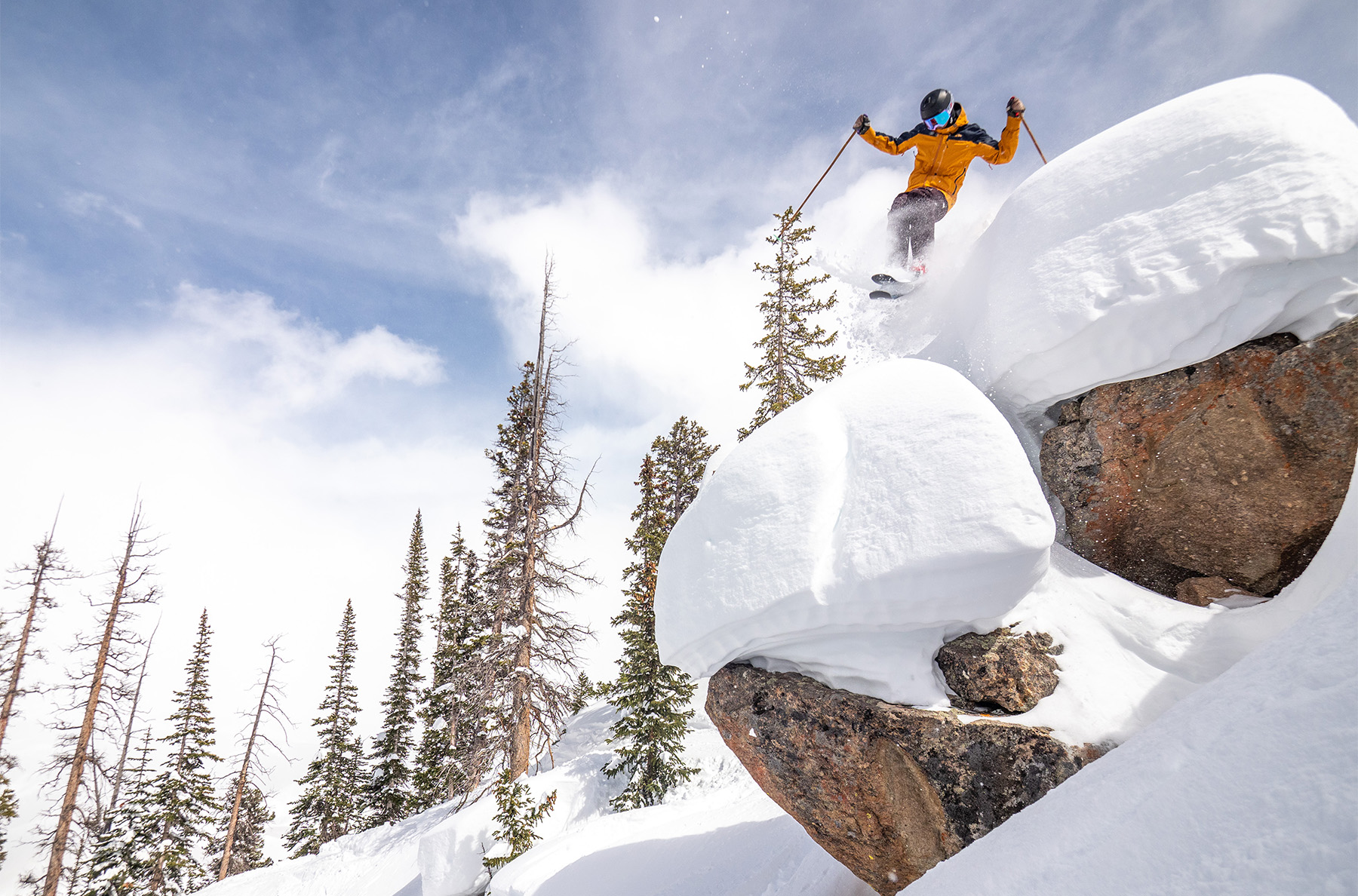


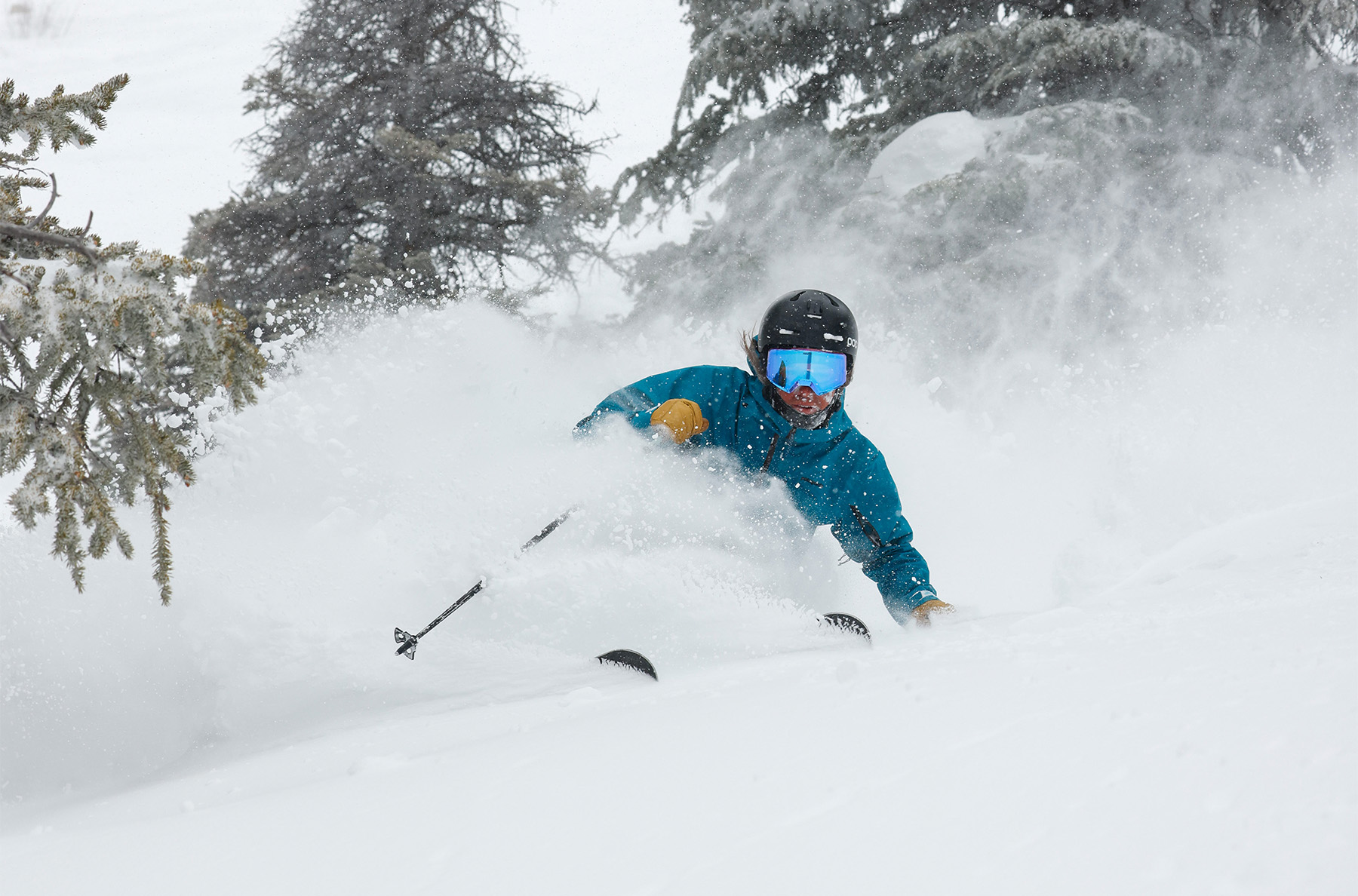
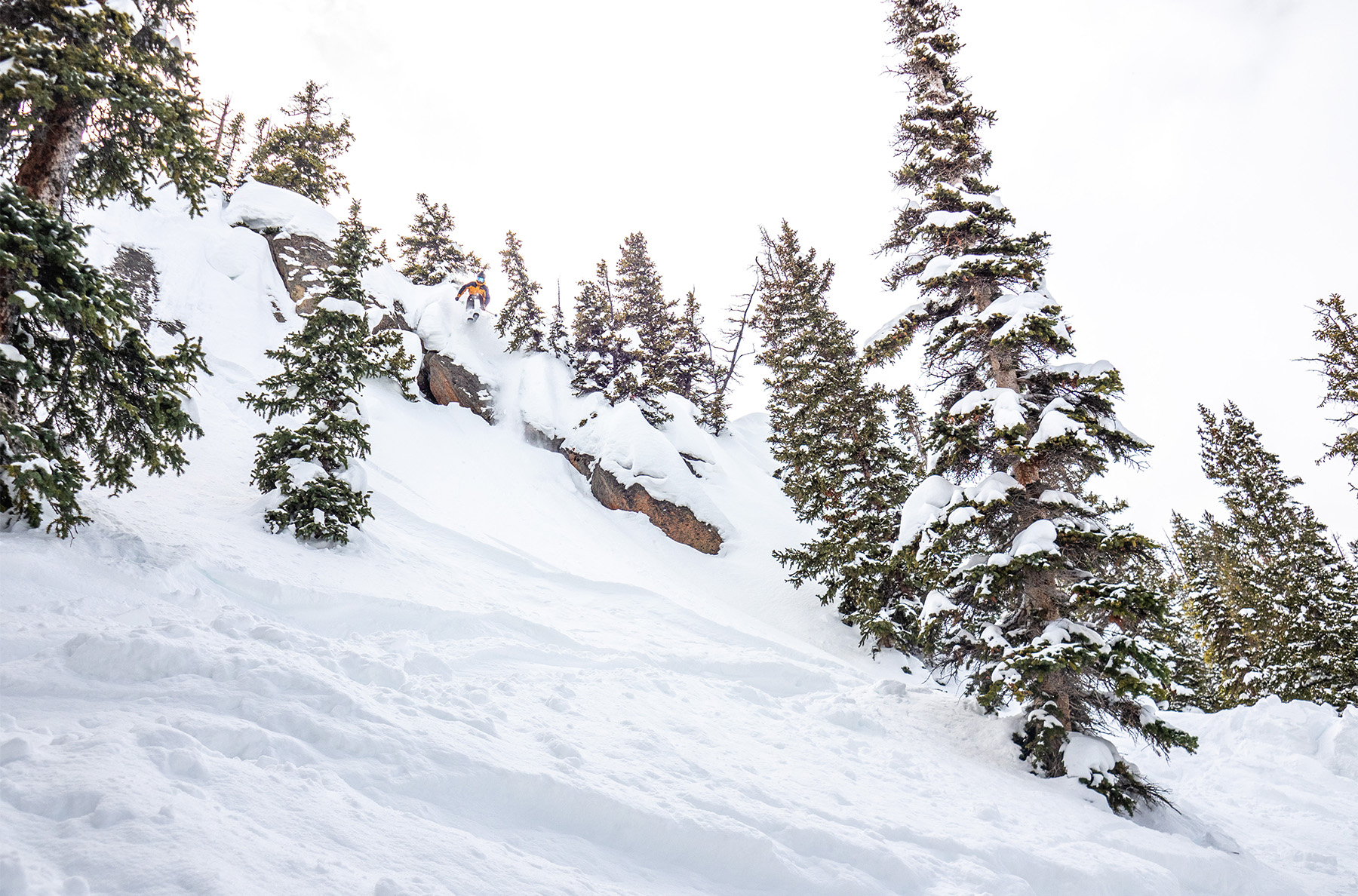
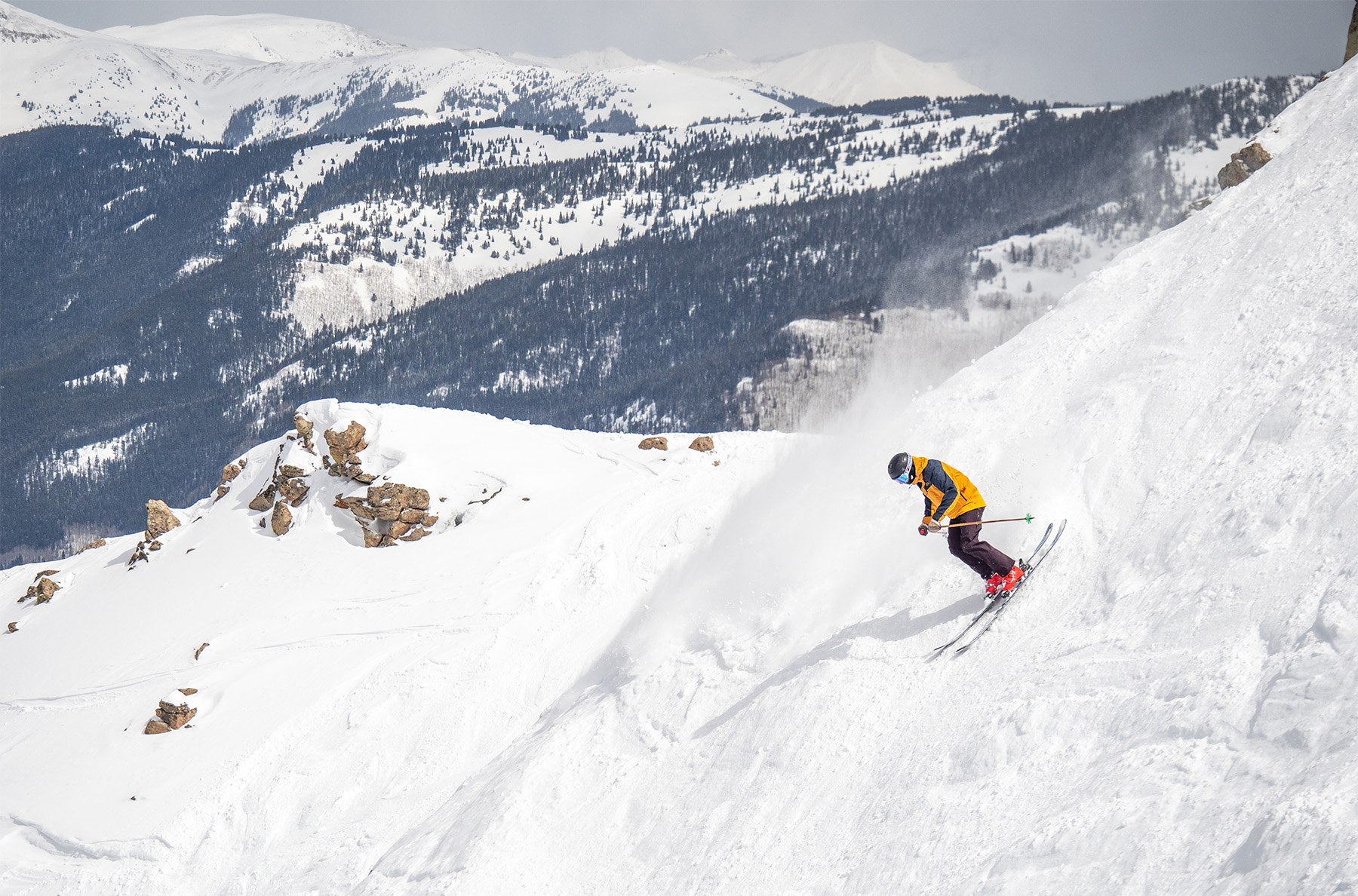
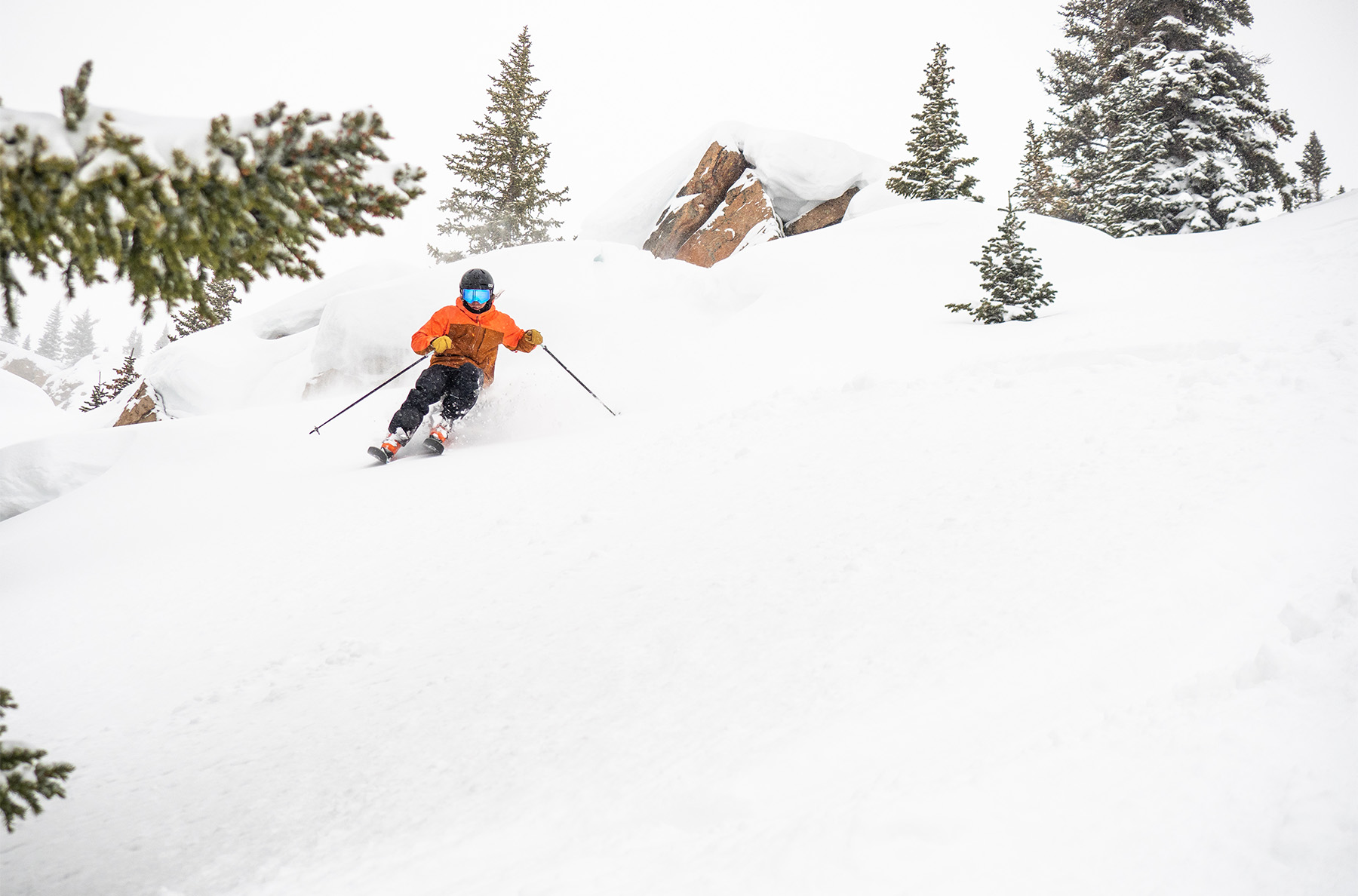
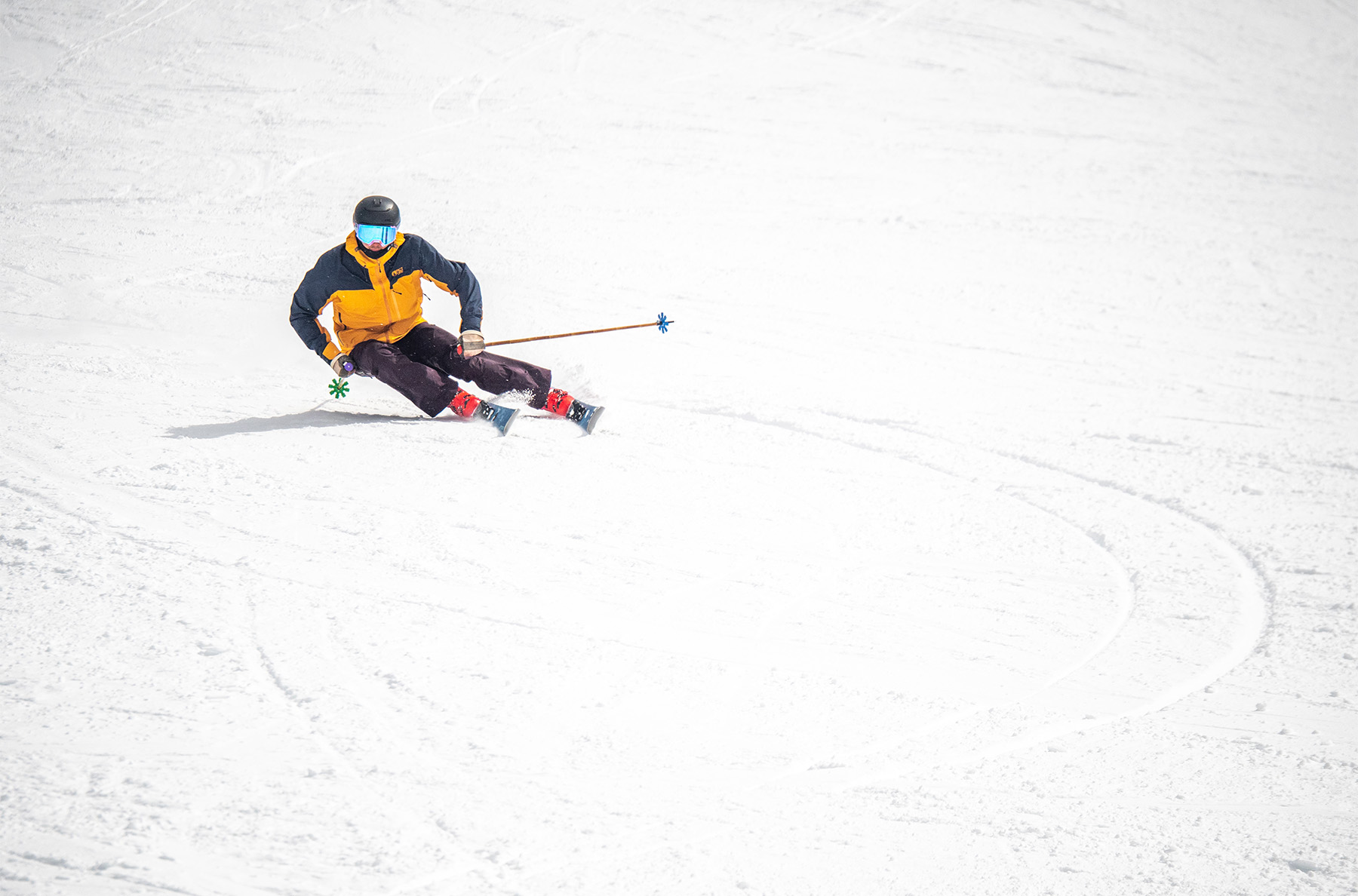
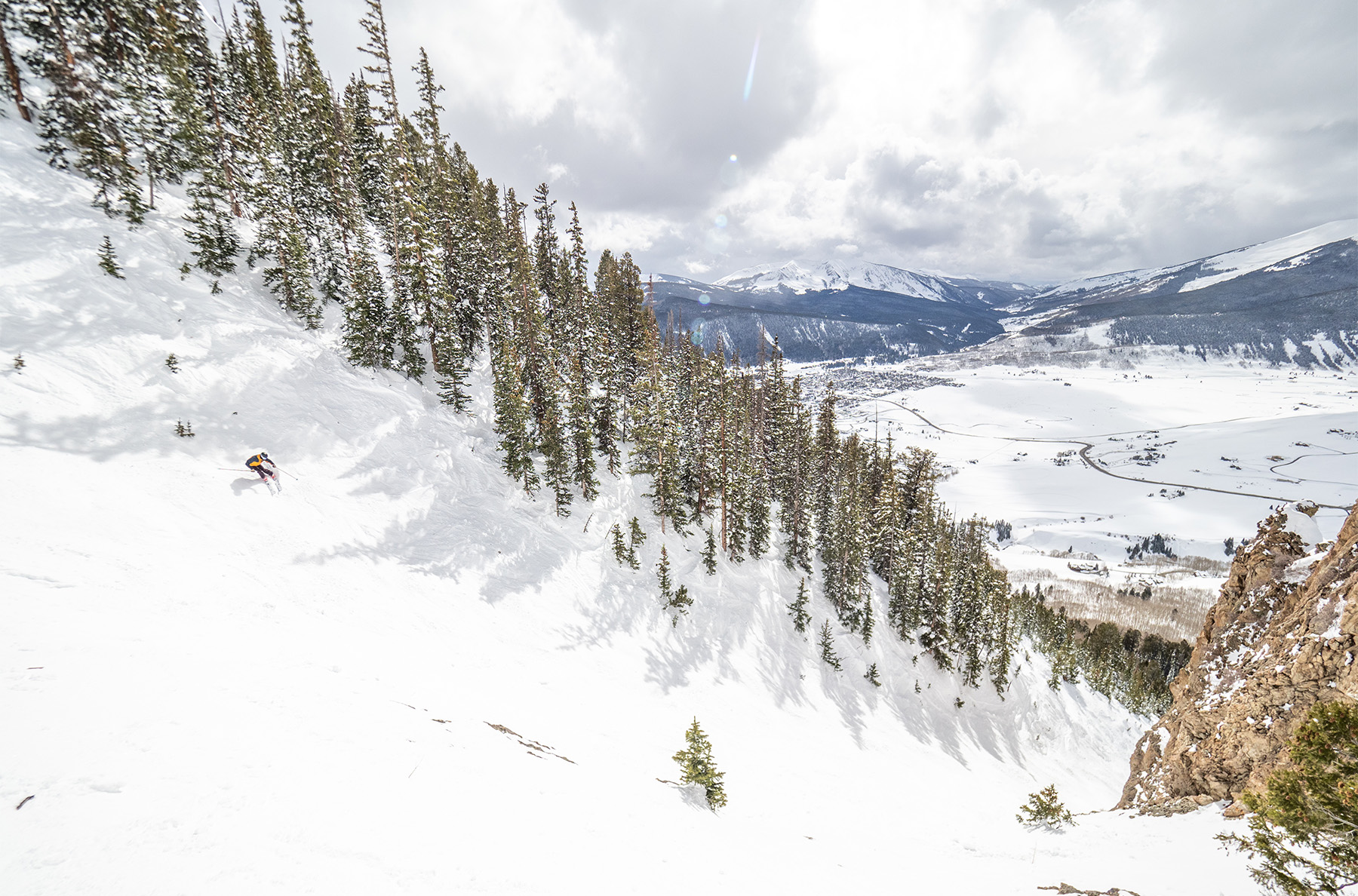
thanks for your thoughts on this ski – interesting :)
do they have the ” bamboo and poplar bi-phase wood core” as stated on their site, or “just” a poplar core as stated in your review (or aspen like you state in your k118 review, in spite of that ski also being marketed as having the bi phase core)?
I’ve reached out to DPS in the past and have had them confirm the bi-phase core, but then again they do not really feel like the other bamboo skis I’ve been on ( a fair few) so I am a bit unsure of what I should think. Any idea?